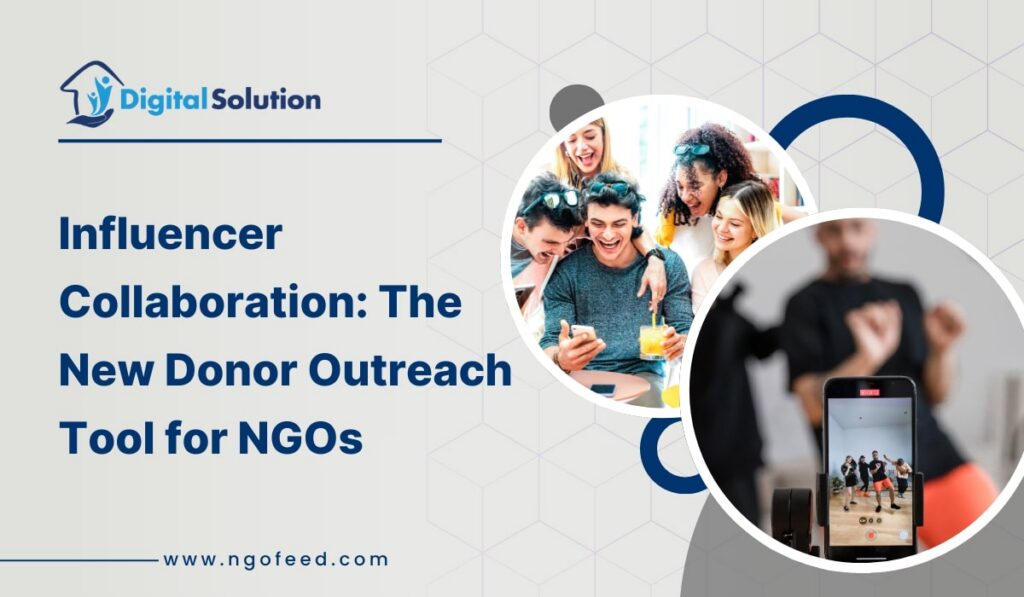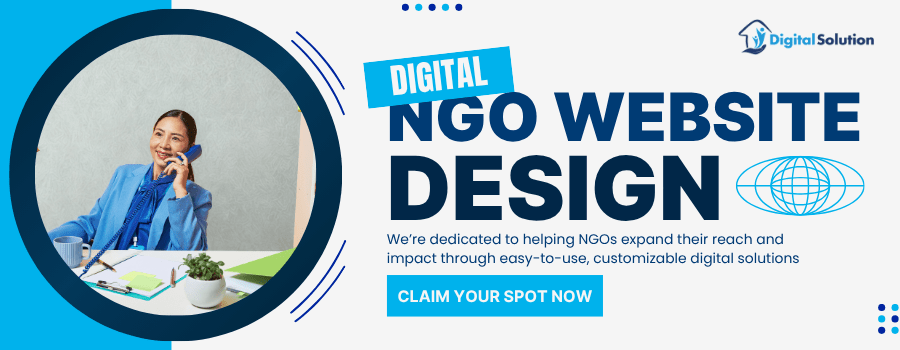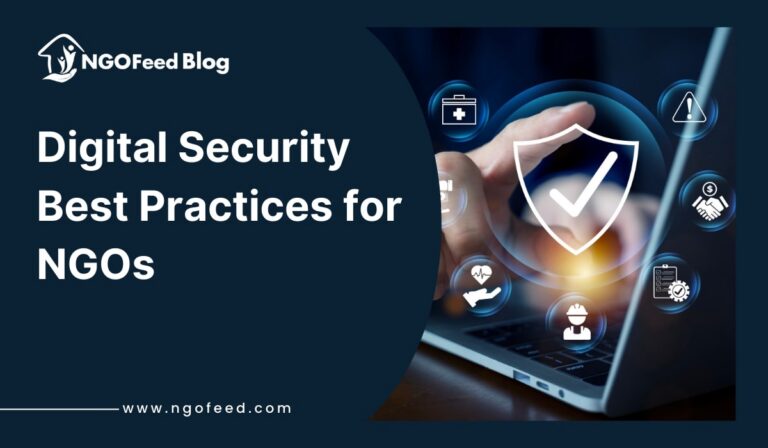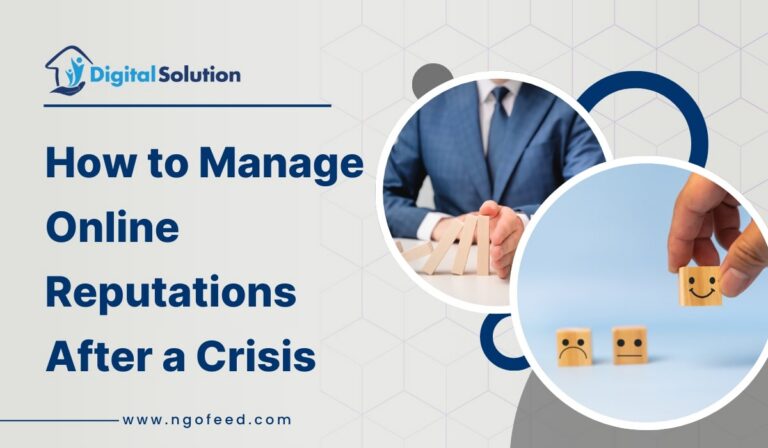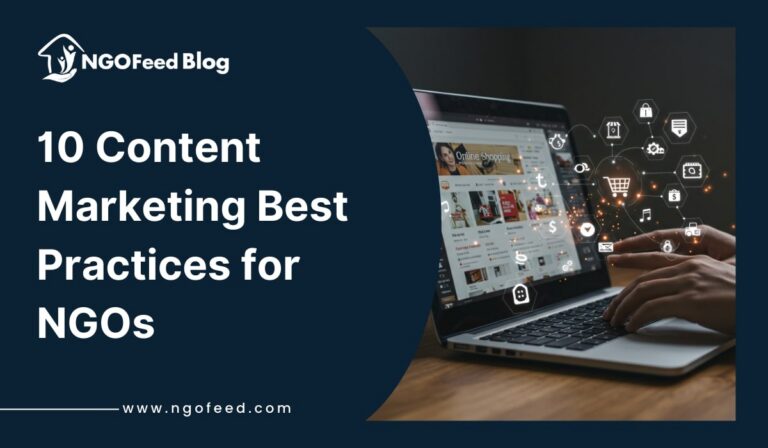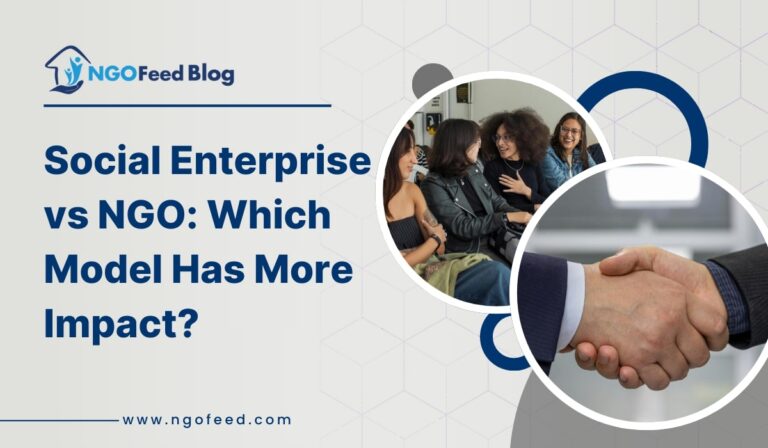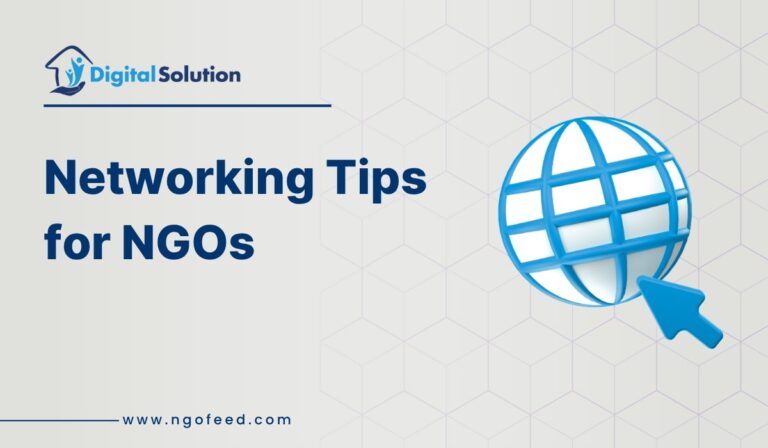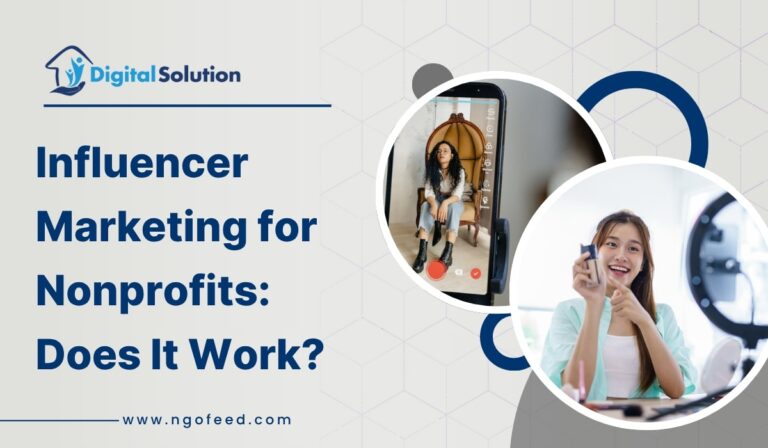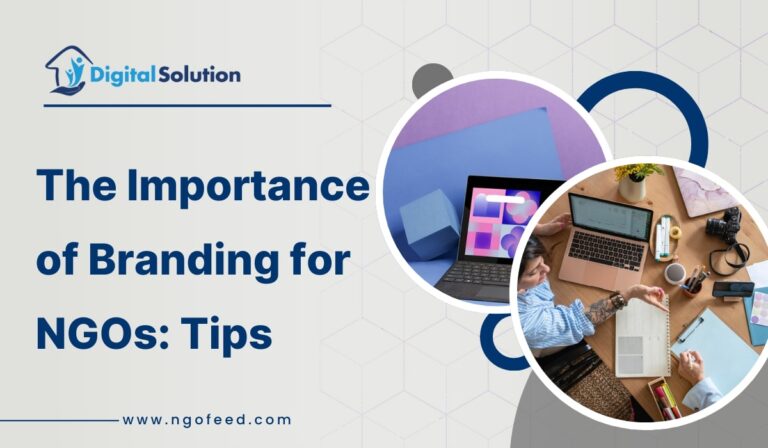Influencer Collaboration for NGOs: In today’s digital-first world, the way nonprofits engage donors and supporters has evolved dramatically. Traditional methods like print appeals, fundraising events and cold outreach are being replaced or rather, amplified by digital storytelling and social media campaigns. Among the most effective of these new strategies is influencer collaboration, which has emerged as a powerful tool for NGOs to expand their reach, raise awareness and attract new donors.
This approach goes far beyond celebrity endorsements. It’s about partnering with authentic voices who share the NGO’s mission, values and audience. Whether through micro-influencers with small but engaged followings or well-known personalities who can amplify campaigns globally, influencer partnerships are reshaping how NGOs connect with communities and inspire giving.
Table of Contents
Why Influencer Collaboration Matters for NGOs?
The modern donor landscape has changed. People no longer donate just because they’re asked, they give because they feel connected to a cause. Influencers help build that connection.
- Trust and Relatability: Influencers have built loyal audiences who value their opinions. When they speak about a social issue or promote an NGO initiative, followers perceive it as a genuine endorsement, not a marketing message.
- Emotional Storytelling: NGOs often struggle to make their messages stand out amid online noise. Influencers excel at storytelling for nonprofits; they humanize causes and create emotionally resonant content that compels audiences to act.
- Reaching Younger Donors: Gen Z donors and millennials dominate social platforms like Instagram, YouTube and TikTok. They’re socially conscious and responsive to online advocacy. Influencers act as bridges, translating NGO missions into formats these audiences engage with.
- Cost-Effective Impact: Compared to traditional advertising, influencer marketing is highly efficient. Many influencers collaborate with NGOs for free or minimal costs, driven by shared values and the desire to contribute meaningfully.
Types of Influencers NGOs Can Collaborate With
Not all influencers are the same and the right match depends on the NGO’s goals, target audience and campaign type.
- Micro-Influencers (1K–100K followers): They’re perfect for grassroots campaigns. Their smaller audiences tend to be more interactive, making them great for community-based projects.
- Macro-Influencers (100K–1M followers): Ideal for regional awareness drives and donor outreach campaigns. They balance wide reach with relatively strong engagement.
- Celebrity or Mega-Influencers (1M+ followers): These collaborations can spark massive visibility, especially during national fundraising drives or humanitarian crises.
- Subject Matter Experts and Activists: journalists, educators, environmentalists or social workers who are respected in their fields can lend credibility to specialized causes like health, education or gender equality.
How Influencer Collaborations Drive Donor Engagement
Influencer partnerships do more than just create buzz, they lead to measurable donor engagement. Here’s how NGOs can leverage them strategically:
1. Campaign-Based Collaborations
For specific fundraising campaigns or awareness days (like World Environment Day or International Women’s Day), NGOs can partner with influencers to create content that educates, inspires and mobilizes audiences to donate or volunteer.
Example: A clean-water NGO could collaborate with travel influencers to show the difference access to safe water makes in rural communities.
2. Event Promotions and Live Drives
During charity events, influencers can host live sessions, share behind-the-scenes stories and encourage followers to contribute in real time. Livestreams on Instagram or YouTube are particularly effective in creating immediacy and urgency.
3. Long-Term Brand Advocacy
Rather than one-off collaborations, NGOs benefit from nurturing long-term relationships with influencers who consistently support their cause. This builds deeper authenticity and keeps audiences engaged over time.
4. Community Challenges and Hashtag Campaigns
Social media challenges (like #TrashTag or #DonateYourBirthday) have proven highly effective in mobilizing people for causes. When influencers participate, such campaigns can go viral, driving awareness and donations exponentially.
Choosing the Right Influencer
Selecting the right influencer is crucial for credibility and impact. NGOs should evaluate potential partners based on:
- Alignment with the cause: The influencer’s values, interests and content should reflect the NGO’s mission.
- Audience demographics: Their followers should match the NGO’s target donor base.
- Engagement rate: A smaller but highly interactive audience is more valuable than a large but passive one.
- Authenticity: Followers can easily spot inauthentic collaborations. Choose influencers who genuinely care about your cause.
- Reputation: Ensure they maintain a positive, controversy-free public image.
Building Successful Collaborations
- Define Clear Objectives: Whether the goal is fundraising, awareness or volunteer recruitment, clarity helps shape the campaign’s content and metrics.
- Offer Creative Freedom: Influencers know what resonates with their audiences. Allow them flexibility to present the message in their unique voice.
- Provide Storytelling Resources: Share real stories, visuals and data so influencers can craft compelling narratives around your cause.
- Encourage Transparency: Ensure collaborations follow ethical guidelines and disclose partnerships appropriately. Transparency builds trust among audiences.
- Measure and Analyze Results: Track engagement (likes, comments and shares), website visits, donation spikes and volunteer sign-ups to evaluate campaign success.
Challenges in Influencer Partnerships for NGOs
While influencer collaboration offers immense benefits, NGOs must also navigate certain challenges:
- Maintaining Authenticity: Over-commercialized partnerships may dilute the NGO’s credibility.
- Budget Constraints: Some influencers charge high fees, though many offer discounts or pro-bono support for social causes.
- Measuring Impact: It’s often difficult to link online engagement directly to donations.
- Sustaining Engagement: Once the campaign ends, keeping audiences interested requires consistent follow-up and storytelling.
To overcome these, NGOs should build a dedicated influencer relationship strategy that focuses on authenticity, mutual respect and shared impact goals.
Case Studies: How Influencers Transformed NGO Campaigns
- #ShareTheMeal by World Food Programme:
Collaborating with influencers like Chiara Ferragni and YouTubers, WFP encouraged users to donate small amounts via a mobile app, feeding millions of children. - #NoFilterNepal by UNICEF:
Travel influencers shared real stories of children in Nepal post-earthquake, resulting in a surge of donations and volunteers. - #PeriodPride by Indian NGOs:
Social media creators used their platforms to normalize menstrual health discussions, boosting donations for sanitary pad distribution in rural areas.
These examples show that with creativity and sincerity, influencer partnerships can turn social media engagement into real-world change.
The Role of Platforms like NGOFeed
Platforms like NGOFeed play an important role in helping NGOs understand digital trends, including influencer collaborations. Through expert articles, resources and marketing insights, NGOFeed empowers NGOs to build digital capacity, reach broader audiences and use tools like influencer outreach to strengthen fundraising and advocacy efforts.
By learning from such platforms, NGOs can design data-driven, impactful influencer campaigns that maximize their visibility and connect them with a global community of donors.
The Future of Influencer-NGO Collaborations
As social media continues to shape how people perceive and engage with causes, influencer collaborations will become an essential pillar of NGO communication strategies. The rise of micro-influencers, regional content creators and cause-based creators will further democratize donor engagement.
Moreover, with AI analytics and data-driven insights, NGOs can now track campaign performance in real time, ensuring that every collaboration delivers measurable social impact.
Conclusion
Influencer collaboration is no longer a marketing trend, it’s a movement that humanizes causes, amplifies compassion and mobilizes millions for change. For NGOs, it represents a modern path to storytelling and donor engagement that blends authenticity with technology.
By partnering with the right voices and focusing on genuine impact, NGOs can transform influencer outreach into a sustainable force for good, one post, one story and one connection at a time.

